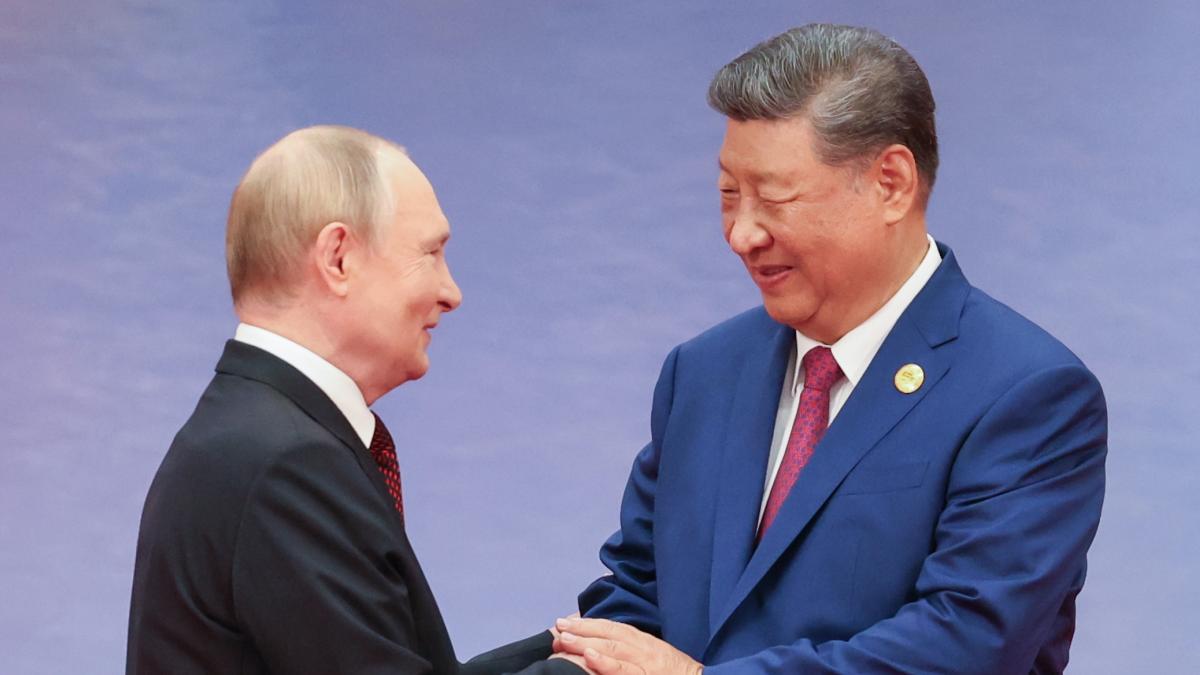President Joe Biden has approved the supply of anti-personnel landmines to Ukraine, as confirmed by a US official to the Reuters agency. This critical decision comes amid ongoing concerns over Russian advances in Eastern Ukraine, necessitating aggressive countermeasures. Experts assert that the strategic deployment of these mines could slow down Russian infantry, making them a valuable asset in the current conflict.
The intention is for Ukraine to use these mines on its own territory. However, strict conditions have been imposed: they are not to be deployed in populated areas, ensuring civilian safety remains a paramount concern. As stated by the official who broke this news, the Biden administration has been careful to navigate the murky waters of international agreements regarding landmines.
Responses to this announcement evoke mixed reactions. The office of Ukraine’s President Volodymyr Zelensky, as well as the Ministry of Defense of both Ukraine and Russia, as well as the Kremlin itself, have not issued formal statements regarding this new military provision.
Understanding ‘Non-Persistent’ Mines
While the United States has previously supplied Ukraine with anti-tank mines, the introduction of anti-personnel variants raises serious ethical and strategic questions. These mines, designed specifically to disrupt and incapacitate infantry troops, have not been featured prominently in previous supplies. The controversy stems from their purpose: these devices are often seen not merely as tools of war but as instruments of terror that can have long-lasting implications for civilian safety after conflict has ceased.
A distinguishing characteristic of these American mines, as noted by an anonymous official, is their functionality: they are classified as “non-persistent”. This means they are designed to become inert after a specified duration, limiting their long-term risks. Unlike traditional mines that can remain a threat for decades, these require a battery to detonate and will cease to operate once the battery is depleted.
The Equations of Modern Warfare: ATACMS and Beyond
In addition to mine deployment, the involvement of advanced weapon systems such as US ATACMS missiles has been part of Ukraine’s military strategy. These missiles were recently used to strike Russian territory, marking a significant escalation on the battlefield during what has now become a prolonged conflict with no clear resolution in sight.
As reported, the use of ATACMS represents a strategic shift facilitated by the Biden administration, which took the critical step of allowing Ukraine greater autonomy in its defense operations on the 1,000th day of the war. This move has stirred tensions; Moscow perceives the use of these weapons as a direct involvement of NATO in the conflict, thereby elevating the stakes and heightening fears of a wider confrontation.
Furthermore, Russian President Vladimir Putin has reacted by lowering the threshold for a nuclear strike, underscoring his warning that increased military aid to Ukraine could lead to catastrophic responses from Moscow. The use of ATACMS only adds to the already complex equation in an ongoing war fraught with peril.
The Road Ahead: Ethics, Strategy, and Human Cost
Critics of the decision to supply landmines argue that this could lead to unwarranted civilian casualties and complicate post-war recovery efforts. The humanitarian implications of such military technologies cannot be overstated; landmines often outlast conflicts and continue to claim lives long after fighting has ceased.
This policy shift, while intended to bolster Ukraine’s defensive capacity, raises serious questions about the ethics of war conduct and the humanitarian impact of weaponry deployed in populated areas. The skepticism surrounding the effectiveness of anti-personnel mines is rooted in their complex legacy.
During conflicts, anti-personnel mines have often been used to create fear and disrupt enemy operations without necessarily ensuring a significant strategic advantage. The reality is that the burden of dealing with landmines often falls on the innocent—civilians who are forced to navigate a landscape riddled with remnants of war.
The question remains: Can the United States effectively balance its military support for Ukraine with the moral responsibilities associated with landmine use and the overarching goal of civilian protection?
As developments unfold, the world watches with bated breath. The introduction of anti-personnel mines is merely one piece of a broader puzzle, one that comprises military strategy, geopolitical tensions, and human rights concerns murkier than ever.
The implications of these choices are monumental and present a critical juncture for all countries involved. Evolving strategies in warfare often come with unforeseen consequences, and as the conflict in Eastern Europe continues, the world grapples with the ethical dilemmas posed by 21st-century warfare.















